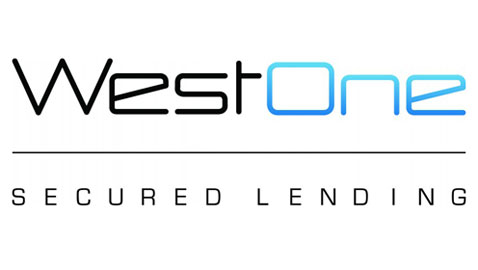The value of the bridging loan industry has broken the £1 billion barrier for the first time, according to analysis from West One Loans.
The lender’s quarterly Bridging Index found gross lending in the 12 months from March 2011 to March 2012 rose sharply to reach £1.1 billion, 21 % higher than in the 12 month period from January 2011 to January 2012.
West One Loans attributes the increase to a surge in lending to residential property investors, as bridging lenders plug the funding gap left by high-street lenders.
Gross lending in the first quarter of 2012 was £382m, 95% higher than in the first quarter of 2011, and 30% higher than the previous quarter.
West One Loans calculates that if the pace of growth continues along its current trajectory, gross lending in 2012 will hit £1.5 billion, an increase of 68% from 2011.
The number of loans advanced in Q1 2012 was 74% higher than during the same period last year, reflecting the increasing appetite for bridging loans over the past 12 months. The number of loans fell marginally by 8% between Q4 2011 and Q1 2012, in line with the traditional winter slow down.
The average loan size rose sharply from £342,000 in the first quarter of 2011 to £412,000 in Q1 2012, an increase of over 20%. This reflects the bigger projects being tackled by property investors.
Analysis by West One also suggest that the growth of the bridging industry is being driven by an increase in residential lending. In Q1 2012, 86% of all loans were for residential properties, up from 84% in Q4 2011, and up from just 70% back in Q1 2009.
“More lenders are concentrating on residential deals to take advantage of the demand that the high street can’t cater for,” said Duncan Kreeger, chairman of West One Loans.
“Plenty of new lenders have piled into the sector to try and get in on the action. Competition is fierce as a result, and that is driving down rates and enticing more property investors to use bridging finance. But the shift is also to do with residential investments being much lower risk than commercial ones. It is much easier to refinance residential investments because demand for rented accommodation is sky high, so investors can be confident of avoiding extended void periods. That’s in stark contrast to commercial investments, where prolonged void periods are a constant concern – particularly when the economy is sluggish.”
Interest rates have fallen since the start of 2009 in line with market trends, and this has encouraged more investors to use bridging finance to fund their projects. The trend of declining rates continued in Q1 2012, with the average rate falling from 1.41% in Q4 2011 to 1.38%. The average rate also fell year-on-year – it was 1.52% in Q1 2011.
Loan-to-values (LTVs) have begun to flatten out after increasing steadily since mid-2010. The average first charge LTV in Q1 2012 fell for the first time since Q3 2010. It fell from 50.2% in Q4 last year to 49.3%
However, the average first charge LTV was still 2.3 percentage points higher than the average for 2011 (47%).
Duncan Kreeger said: “LTVs have risen in line with increasing loan sizes as investors look to take on bigger, more ambitious projects that they can’t get funding for via high street banks. With the rental sector so vibrant at the moment, there is an increased appetite for larger residential projects so investors can maximize the returns they get from high rental yields.”





